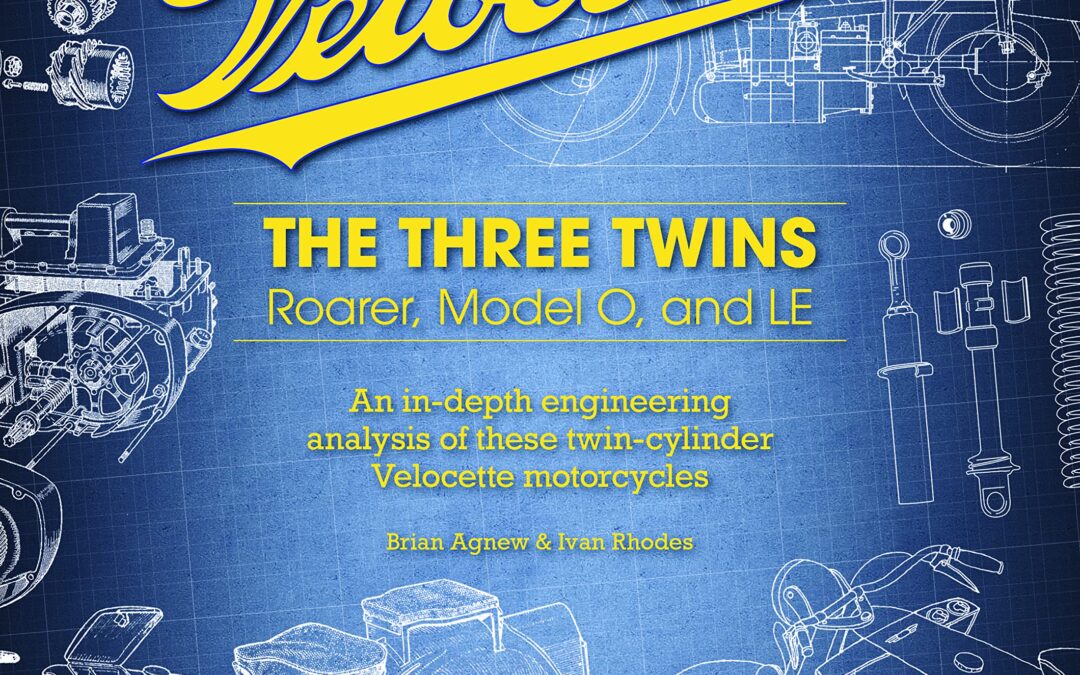
The Veloce company is well regarded for producing some of the best single-cylinder motorcycles in race form and for private use. It is not so well-known that Veloce Ltd also produced some twin-cylinder machines: the Roarer, for racing, and the Model O for production. These bikes had many engineering features in common, such as twin contra-rotating crank shafts, inline cranks, shaft drive, and swing arm rear suspension. The supercharged Roarer was never raced because of the advent of war; this also put paid to the development of the Model O, which would have been the first so-called “Superbike.”
After the war, the Goodman family, owners of Veloce Ltd, focused on the production of a “Motorcycle for Everyman” – an idea that had featured in their production bikes since the formation of the company. They drew on the ideas embodied in the Roarer and the Model O to produce the twin cylinder LE range of motorcycles. These, however, were not well received by the motorcycling public, and many blame the production of the LE for the eventual demise of the company.
The purpose of the book is to present, from an engineering perspective, an analysis of the Roarer and the Model O, comparing and contrasting the methods adopted by their designers to meet the different design specifications of these bikes, and to illustrate how the ideas developed in this exercise appeared in the LE range of motorcycles.
The authors, Brian Agnew and Ivan Rhodes, met in the 1960s when Brian worked at Rolls-Royce Derby. They spent their weekends tinkering with motorcycles, and both have an intimate knowledge of the Velocette twins both from their time spent together and from their personal projects.
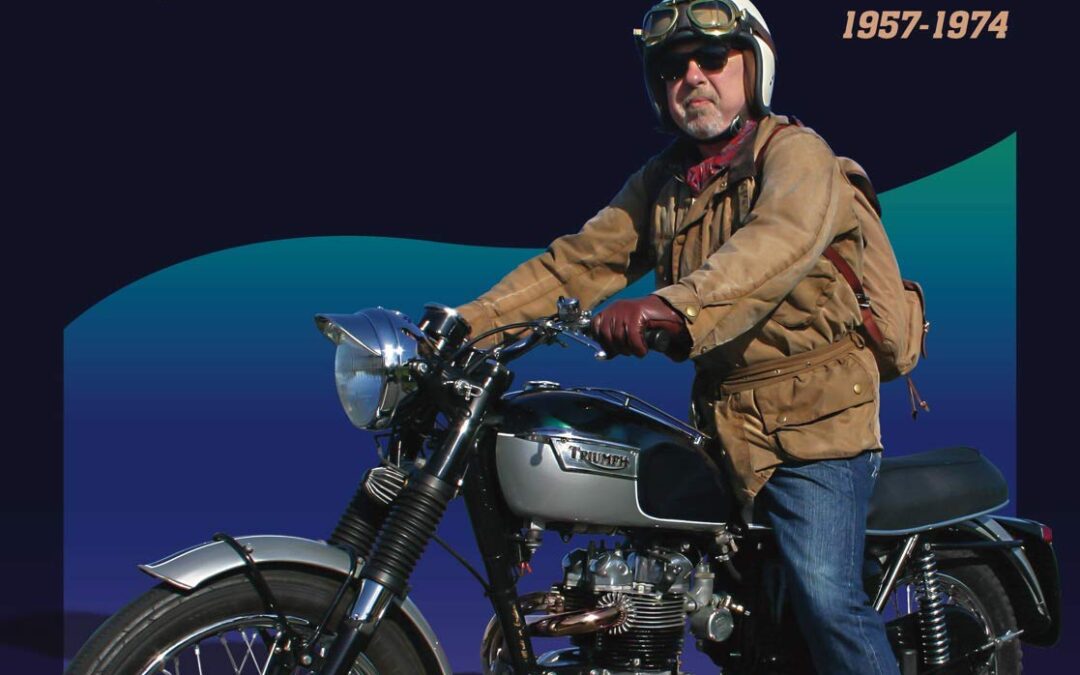
Want to be an expert on Triumph’s 350 and 500 unit-construction twins? Here is everything you need to know about these classic machines.
Alongside the headline-grabbing bikes – the Bonneville and Trident – Triumph built a whole series of smaller 350/500cc machines, with all the style of their bigger brothers, but lighter in weight, easier to ride and now cheaper to buy. The Triumph 350/500s played a key role in the company’s success through the 1960s, in North America as well as the UK. The range included everything from the original 350cc 3TA, a mild mannered tourer, to the final Daytona Tiger 500 (a modified version of which won the Daytona 500 race in 1967), and the TR5T trail bike.
This comprehensive book covers the complete history of these bikes, with details of model variants, advice on buying and living with a Triumph 350/500, technical specifications, and a list of useful contacts.
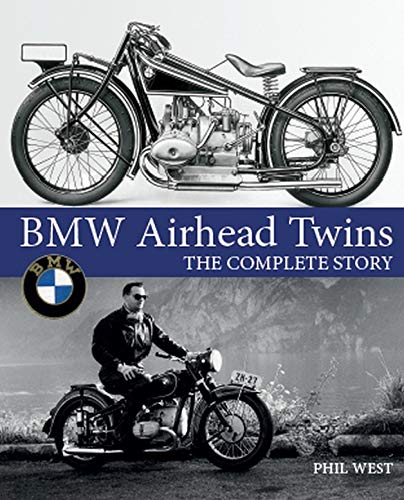
No motorcycle manufacturer is more closely associated with one type of engine than BMW: the air-cooled boxer twin or ‘airhead’. It was included in BMW’s very first motorcycle in 1923 and virtually every machine the company made, of every type, from radical road bike to TT winner, to land speed record holder, to 1970s style icon and even to the creation of an all-new adventure bike class with the R 80 G/S, right up to the mid-1990s.
BMW Airhead Twins, with over 290 photographs, includes a history of the company pre- and post-War, and the personalities behind the development of the bikes. Profiles of each of the ‘R’ bikes in turn includie detailed specification guides and production numbers. An epilogue that looks to the future of the airhead twins completes the book.
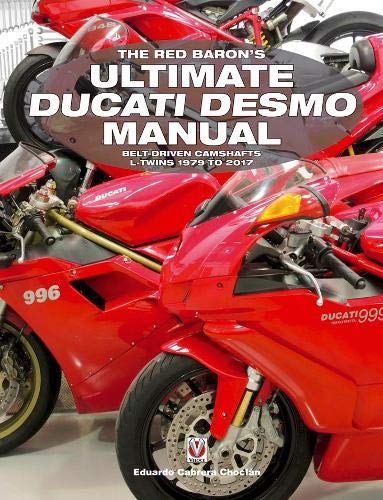
If you’re passionate about your Ducati, wish to know your motorcycle in real depth, and keep it in perfect shape with the loving care she’ll only receive from you, The Red Baron’s Ultimate Ducati Desmo Manual is your book.
This comprehensive service manual for you and your Ducati will help you to perform all maintenance and repair operations in your own home workshop. From basic servicing to the most complex repair and adjustment operations, everything is covered.
The bikes covered in this book range from the first 1980 ‘Pantah’ to the ‘Testastretta Evoluzione’ models, and it spans 30 years of Ducati models. Within these pages you will discover the secrets of your pride and joy, and be enabled to enjoy making repairs or carrying out maintenance in your workshop or garage.
With the rhythm of their mechanical soul, and powerful twin heartbeat, Ducatis are motorcycles for true lovers of voluptuous Italian style and character. The author, Eduardo Cabrera, is better know in the Spanish ducatisti community as Baron Rojo (Red Baron), a lifelong Ducati owner and enthusiast, and a regular contributor to the Spanish Ducati online forum.

All air-cooled models 1970-1996 (Except R45, R65, G/S & GS)
Before the /5 series, BMW had a reputation for producing expensive and idiosyncratic touring motorcycles. But the /5 changed that. Although still expensive, the market was opened to a new world of riders, and during the 1970s the air-cooled boxer evolved into the ground-breaking R90S and R100RS. These were amongst the first motorcycles with factory-fitted fairings and they also offered class-leading performance. Even when BMW decided to discontinue the twins in favour of the new four-cylinder K-series in 1984, demand for the older boxers forced BMW to reconsider. The boxer was resurrected and continued for more than a decade.
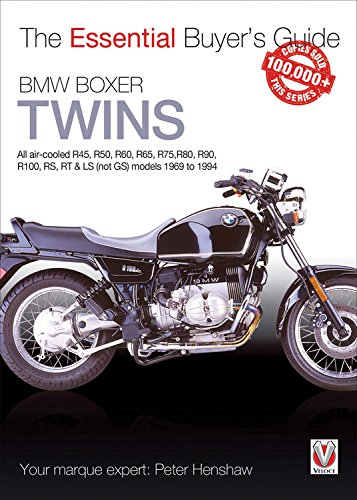
All air-cooled R45, R50, R60, R65, R75, R80, R90, R100, RS, RT & LS (Not GS) models 1969 to 1994 (Essential Buyer’s Guide)
There are lots of books about the classic BMW Boxers; their history, performance, lineage, and the minutiae of its specification. But none of them concentrate entirely on telling you what to look for when buying one secondhand. That’s what this book is about – it is a straightforward, practical guide to buying a used Boxer twin. It doesn’t list all the correct colour combinations for each year or analyse the bike’s design philosophy – there are excellent books listed at the end of this one that do all of that – but it will help you avoid buying a dud. Point by point, it takes the reader through everything that needs looking at when buying a Boxer, plus spares prices, which is the best model to buy for your needs, and a look at auctions, restorations and paperwork
The last of the ‘classic’ air-cooled Boxer twins, these bikes are now collector’s items, and many have been saved, restored and continue to be ridden – this book tells the reader how to be part of the Boxer’s ongoing story.









